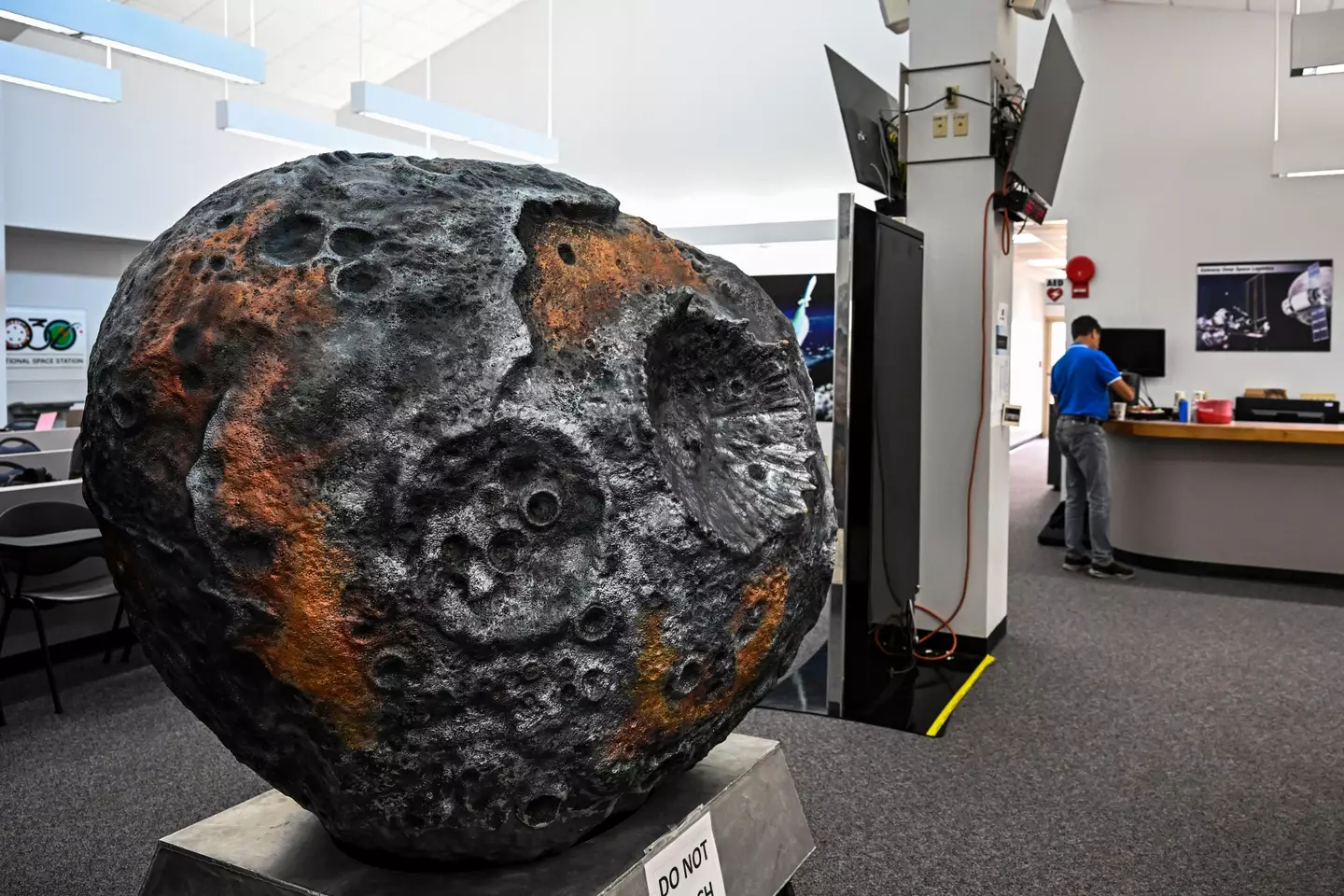NASA has launched a profound investigation into the mysteries of Earth’s own core using the ambitious Psyche mission. On October 13, 2023, the spacecraft embarked on its journey from Kennedy Space Center in Cape Canaveral, Florida. The mission targets the study of the asteroid 16 Psyche, which is currently orbiting the Sun between Mars and Jupiter. NASA’s spacecraft, covering a staggering 2.2 billion miles at a speed of 84,000 mph, aims to unveil groundbreaking insights about our planet.
According to NASA’s update on May 22, 2024, the spacecraft is in robust health after six months in transit, its blue-glowing electric thrusters propelling it deeper into space. However, the fundamental question persists: what is the purpose of this deep space odyssey?

The primary focus of reaching 16 Psyche is to potentially understand Earth’s own structure better. This asteroid is believed to share a metallic core composition similar to Earth, composed of nickel and iron—elements that are foundational to our solar system. NASA’s website details that while we infer the existence of metallic cores beneath the rocky exteriors of terrestrial planets, they remain inaccessible beneath layers of mantle and crust, making Psyche a unique opportunity to peer into the processes that shaped these planetary bodies.

In a press briefing on October 10, 2023, Lindy Elkins-Tanton, the principal investigator of the Psyche mission, introduced another riveting hypothesis. She posited that 16 Psyche might consist of materials that are the very building blocks of the solar system, formed near the Sun where oxygen and iron atoms initially came together. Deputy principal investigator Ben Weiss added that if Psyche was indeed a metallic core in the nascent solar system, it might have once been molten, rapidly cooling and potentially generating a magnetic field. This primordial magnetic field might still be detectable as a fossilized echo within Psyche’s now frozen exterior.
The mission also serves as a testing ground for NASA’s new technologies. The Deep Space Optical Communications (DSOC) is one such technology under trial, aiming to enhance data transmission back to Earth. Success here could revolutionize how we send and receive complex scientific data, possibly even allowing video streaming from Mars in future missions.

The journey to 16 Psyche not only promises to expand our understanding of our own planet but also stands to significantly advance the technology we rely on for deep space exploration.

